Dr. Grace Alexandrino Ocaña knew she wanted to be an archeologist when she was five years old. After church she would run to the huacas in her Lima neighborhood to play around these massive structures. While she didn’t know that her playground was one of 25,181 archeological sites in Peru, she did know to be respectful of the history of those places.
“Huaca is a Quechuan word that means sacred but we use it to refer to any pre columbian structure. As Peruvians, we live surrounded by history; Colonial history, republican history, Inkan* history, and the many many cultures that predated the Inka. People jogging in Lima go right by ancient sites every day,” Dr. Alexandrino Ocaña points out.
Travelers tuned in to that frequency can feel the layers of past, present and future across Peru. The Incan cosmovision associated these planes of existence with the condor, the puma and the snake. The condor represents the world of the gods and the future, the puma is the world of the living present and the snake represents the underworld and the past. Traveling across Peru over nine days and 2,000 miles, my colleagues and I felt the ways those worlds connected from the towering scale of fortress ruins to tiny alpaca fibers wound together to make string.
Layers of Lima
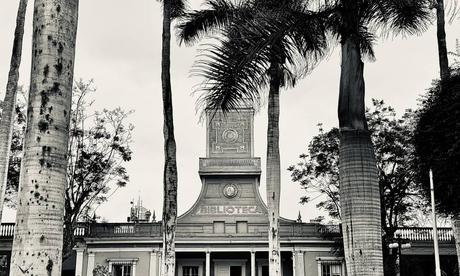
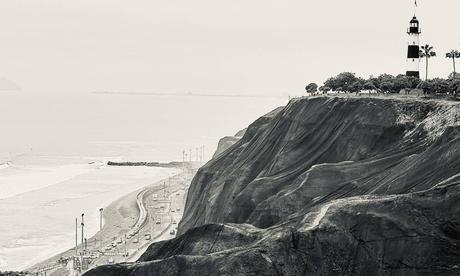
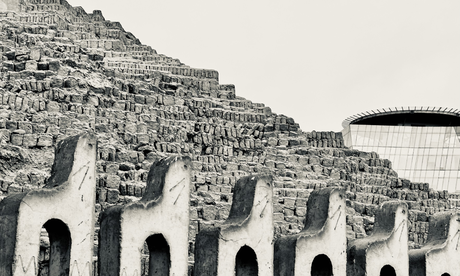
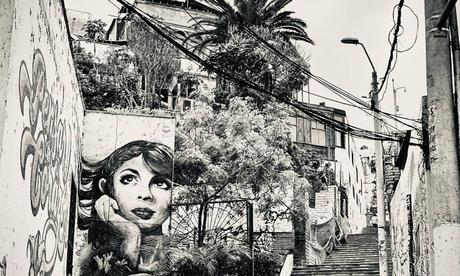
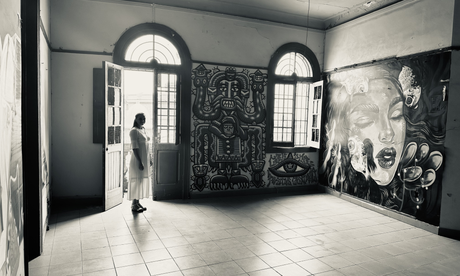
From the Spanish troops to today’s turistas, many Peruvian journeys start in Lima. Driving into the UNESCO-certified downtown, you can see evidence of Lima’s past in the diversity of the urban landscape. The long, grand boulevards were established during the Guano Period, which is a poetic term for the economic boom Peru experienced in the 1850s when the country began exporting bird droppings for fertilizer. Many of the classical stone buildings and graceful manor homes were built in the early 1900s by the Rubber Barons, who were brutally exploiting indigenous people to export rubber from the Amazon to Europe.
When electricity became widespread the city became draped in spiderwebs of power lines, because the government quickly learned that the frequent earthquakes break any lines buried underground. Walls topped with broken glass and barbed wire are the legacy of the civil unrest in the 1990s and busy trains lead out of downtown to the newly trendy neighborhoods of Miraflores and Barranco on the coast. Today there are 11 million people in Lima, 250,000 taxis and uncountable variations on ceviche.
“Many Limeños will never go to an archeological site, but there is a huge amount of intangible cultural experience in the dance, crafts and food of the city. Every year the city center closes and we have parades celebrating the different Peruvian cultures from around the country,” Dr. Alexandrino Ocaña said.
The New Generation in Callao
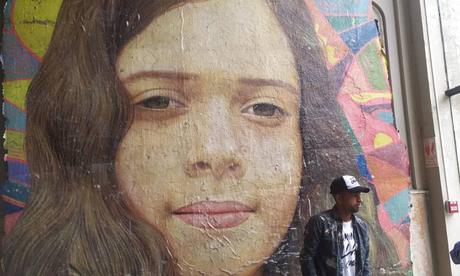
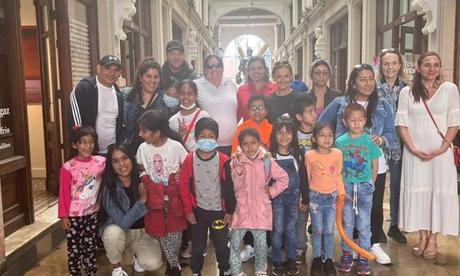
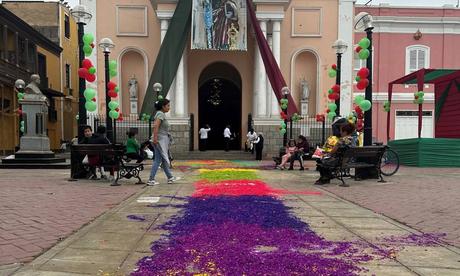
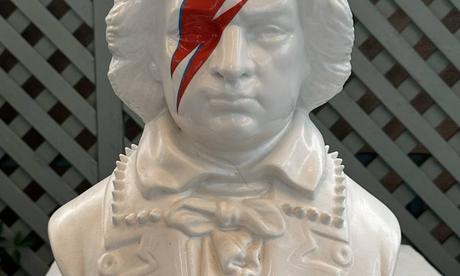
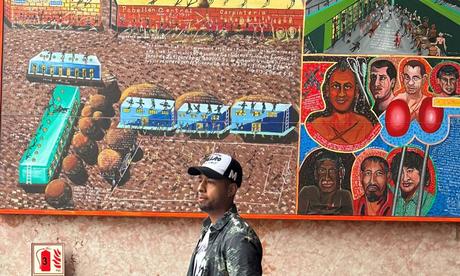
Callao is one of Lima’s 43 neighborhoods (or distritos), and the seaport there is one of the busiest in South America. As part of Enchanting Travels’ sustainable travel initiatives, we incorporate community giving activities into our trips. We joined our Lima colleagues in visiting Fugaz, a Callao community organization that hosts up and coming artists in their galleries and provides arts enrichment programs for local children. We had the privilege of providing the children’s Christmas gifts along with school supplies, then taking a tour of the galleries.
Our tour guide was a fascinating young artist and Callao native. He showed us how the community came together through art and told us stories of how chalacos (Callao locals) are building different opportunities for the next generation. Like many port cities, Callao has experienced waves of violence throughout its history that led to cycles of poverty. Today, some residents are turning to street art as a means to express their experiences. The Fugaz galleries feature incredible work from former prisoners who chose to become artists. Meeting the children that the organization supports, you could clearly see how their futures could be altered by community support and exposure to art as an alternative to violence.
A Very Sacred Valley
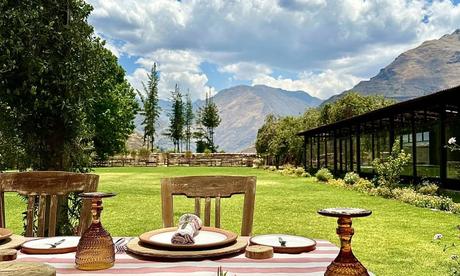
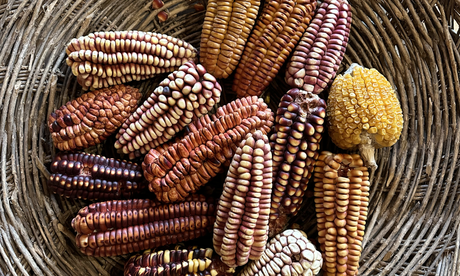

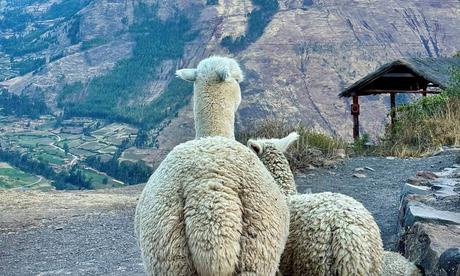
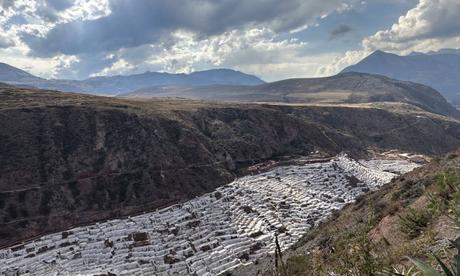
Downing our last bites of churros, we jetted from Lima to Cusco. I had scoffed at the warnings about altitude sickness in Peru, thinking that since I lived in the Rocky Mountains I would be fine. I stopped laughing when I stumbled down the gangway of the Cusco Airport, feeling half-drunk and dizzy. Our Peru experts highly recommend an itinerary where you gradually acclimate to the altitude over your time in country, saving stops like Puno or Rainbow Mountain for the end of the trip.
Our guide Carlos immediately gave us water and coca tea to help us acclimate to 12,300 (3,749 m) feet. We drove out of the city and even higher into the mountains before dropping into the deep green plains of the Sacred Valley. Our first stop was Hacienda Sarapampa, an organic family farm dedicated to the production of Cusco Giant White corn.
For three generations the owners have kept the traditional farming techniques alive, while incorporating modern technology to produce this variety of corn that can’t be grown anywhere else in the world. The Giant White Corn variety was cultivated in the reign of Inca king Pachacuti, to honor the moon. The couple who run the hacienda look like they just stepped out of a Sundance catalogue, but their dedication to the land isn’t for show. The farm employs ancient methods of crop protection, repelling rather than poisoning pests so they don’t develop resistance. Instead of industrial pesticides, they protect crop seeds with a powder blend of Andean mint to deter beetles, ashes to prevent fungi and bacteria, and ground peppercorns.
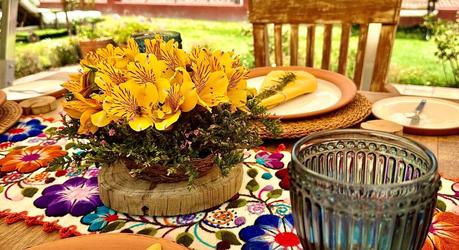
Corn cultivation in the Andes began more than 5,000 years ago. All varieties of corn were tiny, with ears the size of what we call baby corn today. After 10,000 years of domestication, what we consider modern corn emerged about 800 years ago. The delicious corn dishes you can enjoy during the beautifully plated lunch at the Hacienda represent both ancient farming techniques and Peru’s leading edge approach to gastronomy.
Manuel Choque’s Super Papas
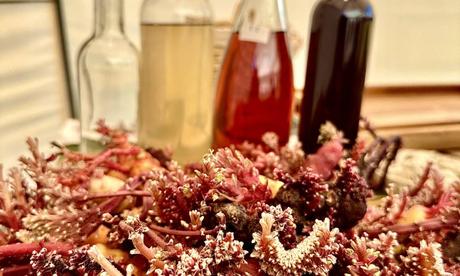
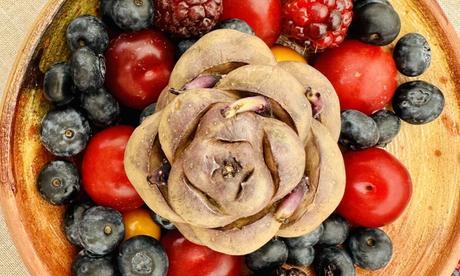
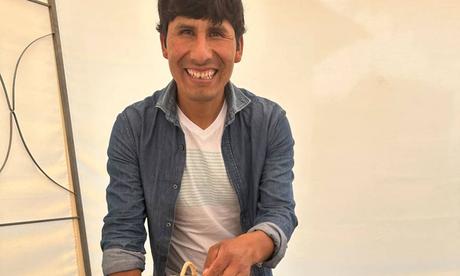
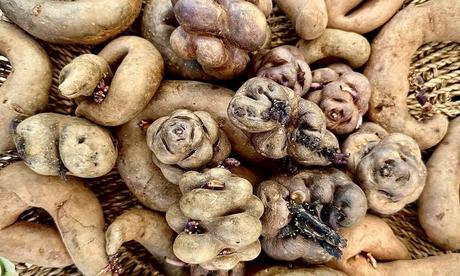
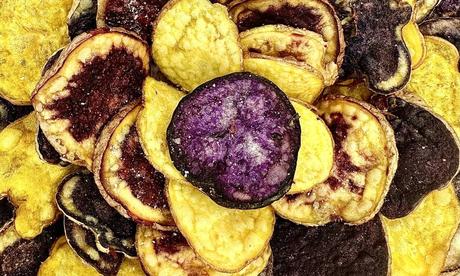
Further into the Sacred Valley we arrive in the Huatata community, which is a special area for horticulture, surrounded by mountains and glaciers. The Quechua name for the mountains is “apu”, which means protector, and it’s easy to see how the surrounding ring of peaks encouraged people to settle in this protected circle of land.
Today we’re learning about potato cultivation science with world-class food engineer Manuel Choque. To be honest, when I saw “potato demonstration” on our itinerary, I didn’t squeal in excitement. But the lecture and lunch in this off-the-beaten path town turned out to be one of my favorite afternoons.
First of all, potatoes are a pretty big deal in Peru. Eight thousand years ago, potatoes were poisonous, but ancient Peruvians were so dedicated to domesticating them that they would eat them with clay to absorb the poison. Eventually they cultivated varieties without toxins and selected some of the 6,400 kinds of potato plants to refine further.
Potatoes were sacred to the Inca because they were believed to be a connection to the underworld. They cultivated incredible varieties, some shaped like puma paws, some shaped like a modern succulent plant, others with incredibly high levels of beta keratin.
“How do you think the Incas managed to execute such precise cross-pollination experiments without any modern scientific equipment?” Choque asks us.
We have no idea. He begins cutting a series of potatoes in half and laying them in a sequential line. The first potato has a sprinkling of red pigment, and each one down the line becomes more color saturated, until the final potato is a deep ruby red.
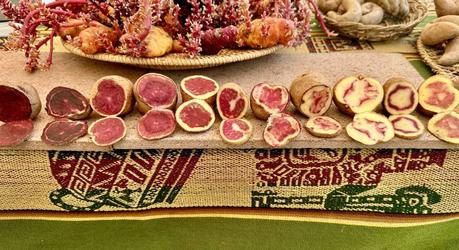
“They knew more color meant more nutrients,” Choque explains. “This potato at the end? It has more antioxidants than blueberries, more Vitamin C than citrus fruits, and it has strong antocianinas, which can help in cancer treatment. It’s a lot more than carbs.”
An important part of Choque’s research is distilling those antocianinas for medical treatments, along with developing potato varieties that are used for natural dyes and lipstick pigments. NASA is also interested in the potential of dehydrated “super papas” as nutrition for long distance space travel.
All of this was explained to us while we were served delicious variations of the plant for lunch, from colorful potato chips to a sweet potato dessert. Choque paired the courses with his own oca wine. Oca is a cousin of the potato and even though they look like spiny sea creatures, they make flavorful, full-bodied wines. At the end of lunch we raised our glasses of sparkling oca and toasted to the broadening timeline of this tuber from prehistory into the future of space exploration.
The Explora Experience
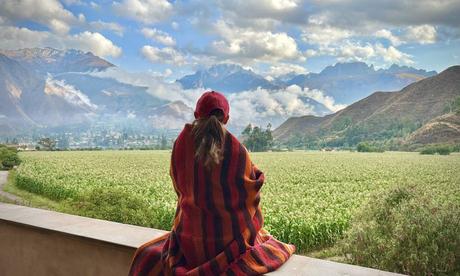
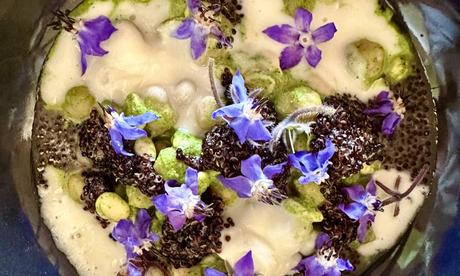
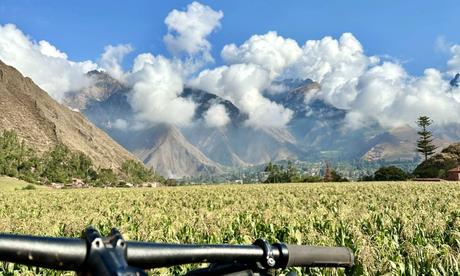
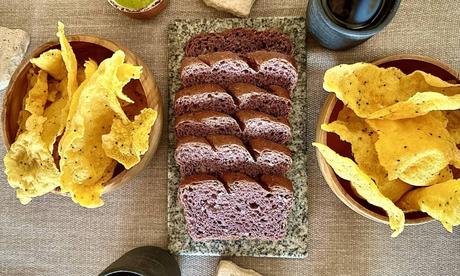
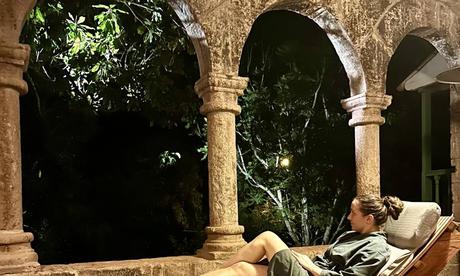
Our next adventure brought us to Explora Sacred Valley. This property manages to seamlessly integrate into the rugged landscape with a mix of clean, contemporary lines, locally sourced textiles, and preserved historical buildings on the grounds. From the perfectly framed views of the surrounding mountains to expert guides, to world-class cuisine, there are many elements that make a stay here exceptional. But what made it truly unique is that all of them are simply in service to the outdoors.
Guests meet with guides in the lounge over a pisco sour or Japanese whiskey and plot their journey for the next day. They can choose from an extensive range of options; hikes, mountain bikes and ruins expeditions. Explora guides are not only highly experienced outdoorsmen and women, they also have to speak at least three languages and train exclusively for the properties for five months before they are allowed to lead expeditions.
The menu is designed by Virgilio Martinez, owner/chef of Central, the second best restaurant in the world, according to The World’s Best Restaurants 2022. Each meal was something I had never dreamed of before, with locally-sourced produce, exceptional flavors, edible flowers, and breads that were delicious in their wholesome simplicity. And the potatoes? None other than Manuel Choque’s own super papas, with a Martinez twist. We had the special luck of Martinez being on property during our visit and he was incredibly humble and gracious in telling us the stories of how he came to create the dishes.
At the end of our Explora night, I grabbed a local pisco from the bar and slipped out to the Pumacahua Bath House. This colonial house was rescued by Explora’s restoration and archeology team, and it now houses a series of pools and hot tubs surrounded by local plants. Sipping a drink from the 16th century, admiring the architecture from the 17th century, pleasantly stuffed from a cutting-edge dessert of quinoa and flowers, and contemplating which high-tech mountain bike I wanted to take out the next day, I may have reached the peak collision of Peru’s past and future.
More Than Machu Picchu
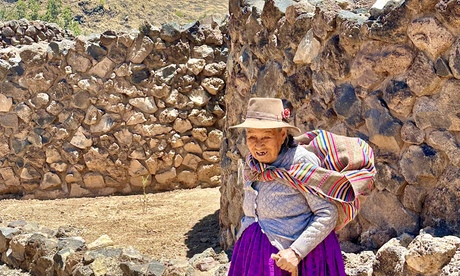
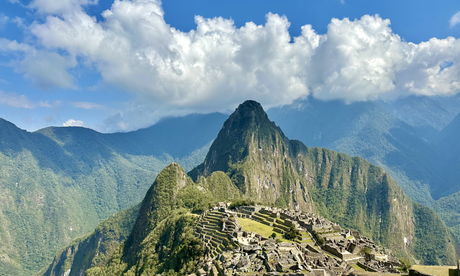
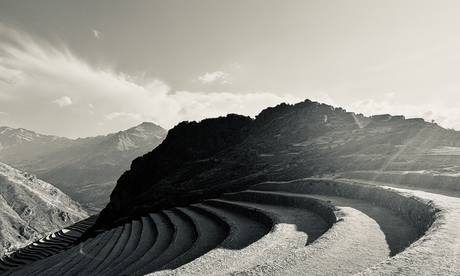
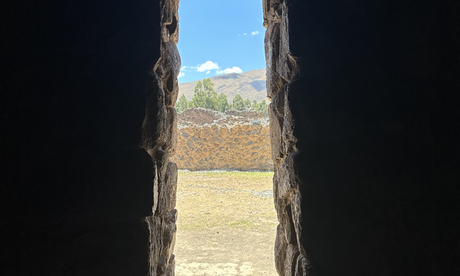

There’s something about walking on wear-slick stones and looking up at a towering pyramid that can make you feel like a part of something bigger than yourself. If “a part of history” sounds trite, let’s say that it allows us to widen the lens from our usual tight focus on the immediately mundane.
According to Dr. Alexandrino Ocaña, visitors see about one percent of the more than 25,000 archeological sites in Peru. That one percent includes Machu Picchu, Pisac, Ollantaytambo, Sacsayhuamán and Raqchi, all of which we explored on this journey. Each site has its own stunning setting and clear archeological evidence: “On this wall you can see how the pre-Inca stonework was less refined than the classical Inca construction. And here you will see the holes where logs would go to create a loft in the storeroom.” That evidence is fascinating, but the real magic, the real reason it’s worthwhile to see these places for yourself instead of on a screen, is how ruins can look like a stage where the players have just left for intermission and will soon be back to busy themselves chiseling and cooking, worshipping and working, laughing and mourning.
Machu Picchu and other major sites are spectacular. What is truly amazing about Peru is that they represent a fraction of the experiences you can have brushing against past lives and peeking into how people lived thousands of years ago. Then you can experience how those rituals and values are alive today in the music, cuisine and arts.
On my last day in Peru, I asked Dr. Alexandrino Ocaña how she wanted her young son to experience their country’s history…
“You know, as an archeologist I question sometimes what right I have to excavate a site. Once on a field dig the locals found a baby llama mommy. They would not touch it because it was a sacrifice of their ancestors, but they allowed me to remove it for preservation. It made me wonder if I have that right, but then I see regular citizens of Peru putting energy and emotion into protecting the huacas in their cities, only because they are sacred to our history. This way to be Peruvian is interesting. I think I want my son to approach our past as something to protect for our future.”
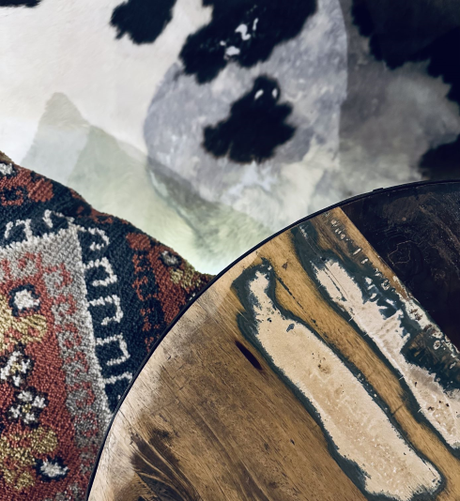 Explore peru with us
learn more
Explore peru with us
learn more
*Like many modern scholars, Dr. Alexandrino Ocaña uses the spelling “Inka” rather than “Inca”, as a reassertion of the rights of native languages, which are very different from Spanish.
